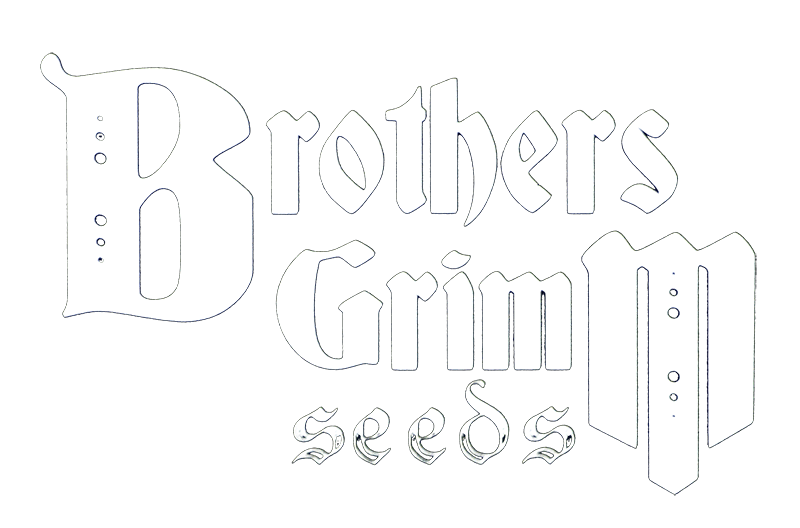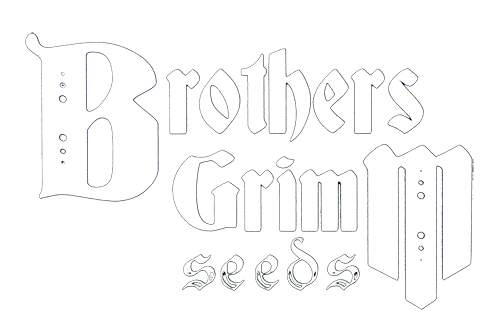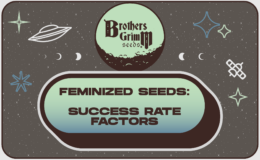The surge in popularity of feminized seeds, including the remarkable emergence of autoflowering varieties, is here. Once a niche concept, feminized seeds, and their autoflowering counterparts, have now become the go-to choice for home growers, offering a seamless and reliable method to cultivate their favorite strains. Growing feminized seeds is as American as apple pie, it would seem.
Feminized seeds are renowned for their predictability and ease of cultivation.
They provide growers with a reliable path to produce exclusively female plants. This eliminates the need for meticulous sexing and eradicates the risk of accidental pollination, ensuring a consistent supply of potent, seedless buds. Additionally, the advent of autoflowering feminized seeds has further revolutionized the cultivation process, offering growers the convenience of rapid growth and automatic flowering cycles, regardless of light conditions. The appeal of feminized seeds lies deep, as for many it simplifies the cultivation process.
The size, shape, and color of feminized cannabis seeds can vary depending on various factors such as genetics, breeding techniques, and environmental conditions during seed development.
However, there are some general characteristics to consider:
Size wise, feminized cannabis seeds typically range in size from small to medium. Larger seeds may indicate a higher likelihood of viability, but smaller seeds can still produce healthy plants.
Shape wise, feminized seeds are generally oval or teardrop-shaped, with a rounded body and a pointed tip. However, some seeds may exhibit slight variations in shape, such as being more rounded or elongated.
Color wise, the color of feminized cannabis seeds can vary depending on their maturity and genetics. Mature seeds often have a dark brown or tan color, while immature seeds may appear green or white. Some seeds may also have speckles or stripes, indicating genetic diversity or potential stress during development. The stripes and speckles on feminized seeds don’t mean anything special, but they are cool to look at. Not all seeds have stripes and speckles. Some feminized seeds are small in appearance, and the big ones look like tiny dinosaur eggs.
It’s essential to note that while these characteristics can provide some insight into seed quality, they are not definitive indicators of viability or potency or germination rate.
Are feminized seeds considered female seeds?
Yes, feminized seeds are indeed considered female seeds. They are meticulously bred to produce plants that are almost always female, containing two X chromosomes and capable of producing flowers rich in cannabinoids. This selective breeding process involves treating female plants with a solution containing colloidal silver or gibberellic acid to induce the production of feminized pollen, which is then used to pollinate other female plants.
While feminized seeds are designed to be overwhelmingly female, it’s important to acknowledge the potential for intersex traits in a small percentage of plants. Intersexuality, also known as hermaphroditism, can occur due to genetic or environmental factors, leading to the development of both male and female reproductive organs on the same plant. While uncommon, intersex traits can manifest in feminized plants, posing a risk of pollination and seed production if not promptly identified and addressed.







Leave a Comment